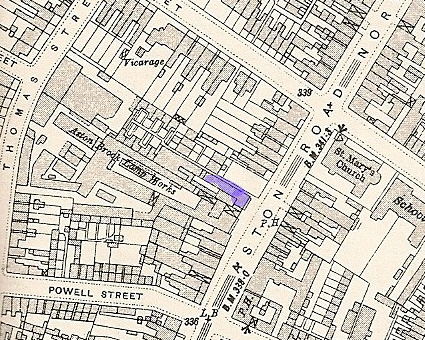Ready
Hello David H

Just thought a bit of Electoral Roll info may help you.
1920 Erdington N, Ward, Stanley Spencer READY(Ro) 797 Chester Road
....................with Irene Marie (wife?) (Ho Ho) as above.
as above..William READY (Ro) & Geraldine READY(Ho Ho)179 Vauxhall Road
NOTE: Chester Rd is half mile from Aston Road in Erdington by Sutton .
.......Vauxhall Rd is quarter mile back/rear of Aston Rd by Nechells .
1925 Balsall Heath Ward, Daniel READY (Ro) at 30 River St
with Martha READY (Ho)
1925 Sparkhill Ward, Geraldine Catherine READY (Ho) 70 Vimy Road
1930 Edgbaston Ward, Joseph READY (R) 316 Bell Barn Rd(Quinton now)
1930 St Martins Ward, Morry READY (Rw) 50 Camp Hill (Digbeth now)
1930 Lozells Ward, William READY (Ro) & Geraldine READY (Rw Rw)
at 112 Lozells Street (this is half mile from Aston Road)
Hope this info assists your searches, John Y

ps, Say thanks to Chesterfield Royal Hospital, lovely place, good
Staff & people,, Our 1st Grandson born there Xmas,
No beds in Solihull or Sutton or B,ham Hosp,s
ps2, Glad little Lad got Chesterfield on Birth Cert,, Cheers John Y

